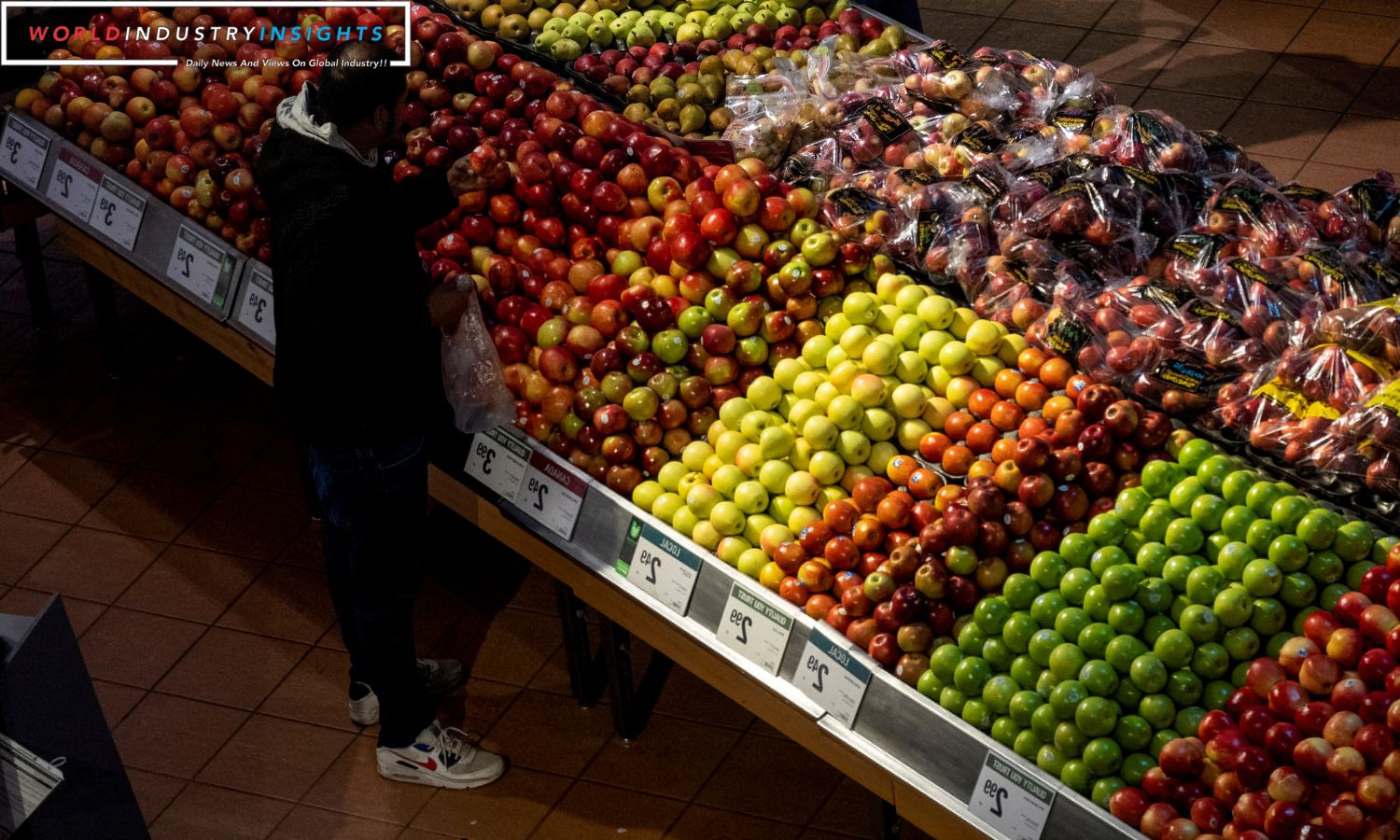Canada Inflation Surprise: Canada’s economic landscape witnessed a surprising development as the annual inflation rate eased to 3.1% in October, a figure lower than analysts’ expectations. The core inflation measures also experienced a downtrend, reaching their lowest levels in approximately two years. These numbers are speculated to influence the Bank of Canada (BoC) to reconsider its current policy rate, which stands at a 22-year high of 5.00%.
Analysts, previously anticipating a cooling of inflation to 3.2% from September’s 3.8%, are now contemplating the potential implications of this unexpected easing. The month-over-month data from Statistics Canada revealed that the consumer price index increased by 0.1%, aligning with forecasts.
The BoC has been closely monitoring these inflation metrics, and the recent deceleration might strengthen the belief among investors that the central bank could shift towards lowering its key policy rate in the first half of 2024. The BoC’s core measures, including CPI-median and CPI-trim, both experienced declines, with the latter reaching its lowest since November 2021.
Royce Mendes, the head of macro strategy at Desjardins Group, commented on the significance of these developments, stating, “This is exactly the type of progress that central bank officials have been waiting to see.” Mendes suggested that if there were any lingering doubts about additional rate hikes, they should be dispelled now.
The BoC, in its recent meetings, maintained the policy rate but emphasized its readiness to hike if necessary. The central bank foresees inflation hovering around 3.5% until mid-2024, eventually returning to its 2% target by late 2025. The Canadian dollar responded positively to the data, showing a 0.2% increase.
The dip in the annual inflation rate for October was attributed to a 7.8% decrease in gasoline prices, benefiting from a comparison with the surge observed in October 2022. Additionally, grocery prices slowed down to their lowest pace since November 2021. Excluding volatile food and energy components, prices rose by 3.4%, surpassing September’s 3.2% increase.
Also Read: Bank of Canada Warning: A Troubling Trend in the Mortgage Market
While goods inflation showed a slowdown to 1.6% in October, services prices accelerated to 4.6%, marking the largest increase since May. This divergence in the inflation components adds complexity to the economic analysis.
The BoC’s upcoming rate decision scheduled for December 6 gains increased importance following this data release. The decision will coincide with the release of third-quarter GDP data, expected to reveal the Canadian economy’s trajectory, potentially indicating a shallow recession.
Simon Harvey, Head of FX Analysis for Monex Europe and Canada, commented on the inflation report’s impact on the BoC’s stance, stating that it has “completely undermined the BoC’s hawkish bias.” The economic scenario, combined with indications of a shallow recession and labor market slack, challenges the central bank’s previously hawkish posture.
In her mid-year budget statement, Finance Minister Chrystia Freeland will discuss rising deficits, poor economic growth, and targeted housing supply spending. The Liberal administration must handle the affordability crisis without raising inflation as Canada faces a slowing economy, high interest rates, and persisting inflation concerns.
These changes show Canada’s economic outlook’s complexity and problems, affecting monetary policy, fiscal policy, and the economy as a whole. The next few months will be crucial for Canada’s economy as investors, policymakers, and the public watch these issues.


